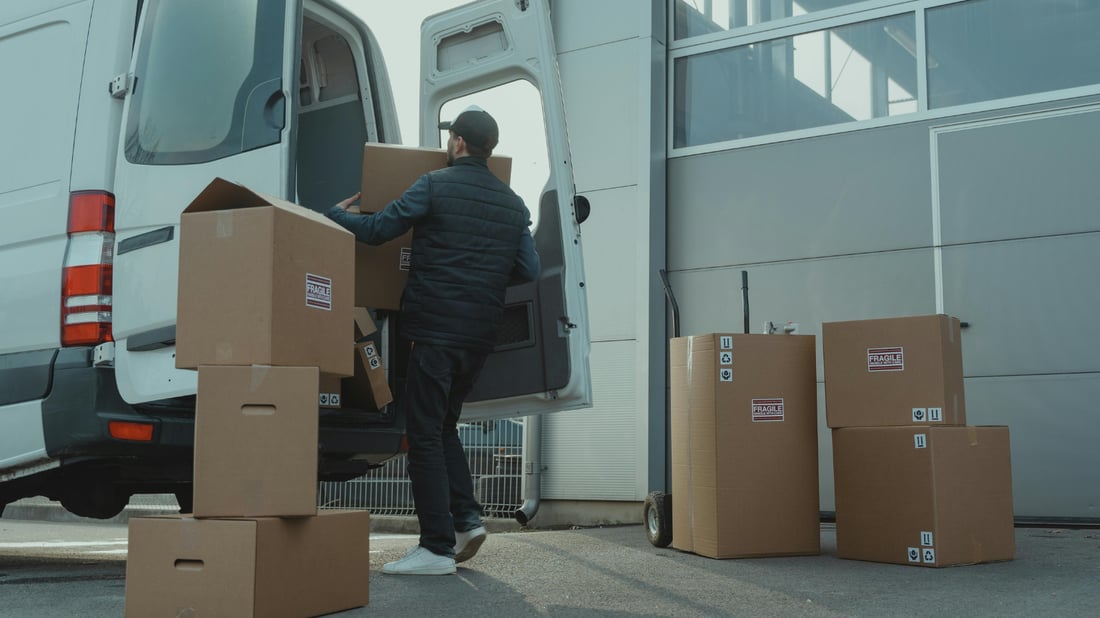The Prospects of paper packaging: A Comprehensive Guide
Due to the negative impact of plastic packaging on our environment, sustainable alternatives are necessary to ensure the longevity of our planet. This is where paper packaging comes in as a versatile and eco-friendly option. Here we explore the different prospects of paper packaging to help you consider its benefits.
1. The Benefits of Paper Packaging
One of the main advantages of paper packaging is that it is biodegradable and recyclable. Unlike plastic, paper breaks down easily and does not leave toxic chemicals in the ground, making it a more sustainable option. Additionally, paper packaging produces less carbon emissions during production than plastic, which has a significant impact on the environment.
2. Types of Paper Used in Packaging
Paper packaging is made from a variety of materials, including kraft paper, which is made from softwood and is often used in boxes and bags. Another common type is cardboard, which is a heavier and thicker paper that is ideal for shipping and storage. Paperboard, on the other hand, is stiffer than cardboard, and is commonly used for cereal boxes, beverage cartons, and frozen food packaging.
3. Paper Packaging for Food Products
Many food products, including fresh produce, baked goods, and take-out containers, are packaged in paper. The benefit of paper packaging for food products is that it is recyclable, biodegradable, and does not leak harmful chemicals into the food. Additionally, paper packaging can reduce food waste by keeping the food fresh for longer periods.
4. Paper Packaging for Retail
Paper packaging is also commonly used in retail, primarily for the packaging of jewelry, clothing, and gifts. It is ideal for items that require a more aesthetically pleasing presentation, as well as for shipping purposes. Paper bags, for instance, are popular alternatives to plastic bags in retail for their eco-friendliness.
5. Advancements in Paper Packaging Technology
Recent advancements in paper packaging technology have increased its versatility and durability. Innovations such as water-resistant coatings, and airtight seals have improved the quality and usability of paper packaging. These innovations expand the potential for paper packaging applications, as they enable it to be used more effectively in diverse industries. Such developments improve the perception of paper packaging as no longer a flimsy, inferior option.
6. Paper Packaging and Brand Identity
Paper packaging provides an opportunity for brands to extend their identity beyond their core products and encourage customer loyalty. By utilizing well-designed paper packaging, brands can stand out in a crowded marketplace and make a positive impression on customers. Additionally, eco-friendly packaging can also please eco-conscious customers who appreciate brands' efforts to use sustainable materials.
7. The Cost of Paper Packaging
Paper packaging can be more expensive than plastic. However, brands can create budgets for paper packaging by using it smartly and seeking cost-effective solutions. Some features such as chic designs and protective coatings increase the cost of paper packaging. As such, brands should identify their priorities and understand what is necessary for their packaging.
8. Paper Packaging Regulations
There are government regulations in place for paper packaging to ensure that it meets environmental and health safety standards. These regulations dictate the composition, manufacturing process, disposal, and recycling of paper packaging. Knowing these regulations can help businesses customize their packaging to meet a specific set of requirements and remain compliant with government standards.
9. Paper Packaging and Transportation
Another essential aspect to consider when working with paper packaging is transportation. When transporting products or goods, businesses must ensure the packaging is strong enough to withstand the rigors of transportation. Thus, they should consider heavier types of paper packaging, such as cardboard or paperboard, in such situations.
10. The Future of Paper Packaging
The prospects for paper packaging are positive, with an increasing number of businesses making the switch from plastic packaging. This shift in demand has fueled the growth of the paper packaging industry. Given the current trend toward eco-friendly and sustainable materials, paper packaging will be a significant player in packaging for years to come.

